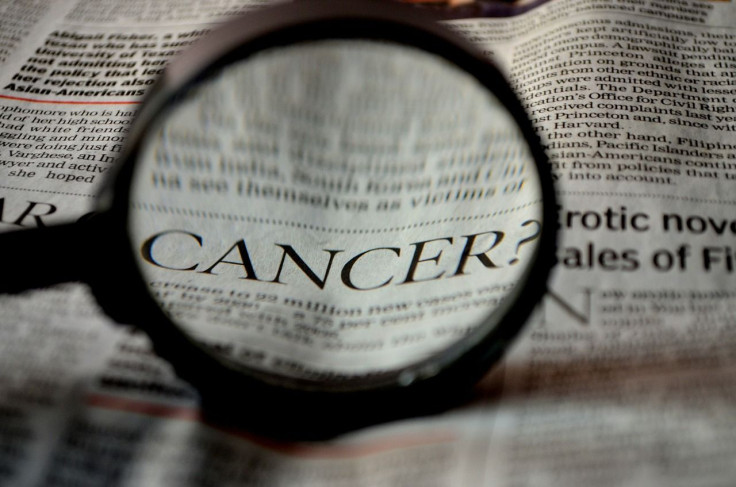Calculating the Risk of Covid When Receiving Cancer Treatment

A new app, designed for high-risk cancer patients, helps them and their physicians weigh the risks and benefits of delaying chemotherapy should the risk of contracting Covid-19 while getting their treatment is high.
According to STAT news, the app can show oncologists and patients whether immediate treatment could improve or hurt their chances of survival post-treatment. Developed by the University of Michigan in Ann Arbor, the app is meant to help those involved make critical decisions more easily by presenting them with available data. The researchers also hope to soothe the apprehensions of people regarding the timing of their cancer treatment and prognosis. The app can be downloaded on a smartphone or computer.
“OncCOVID provides interpretable output regarding risks (eg, the number of weeks or months of life lost owing to a treatment delay of a specific duration), the results from OncCOVID can be used to facilitate treatment timing discussions with patients,” according to the editorial that assessed the app's efficacy.
A study of the app, published in JAMA Oncology, said the medical recommendation is also based on a patient's susceptibility to COVID-19 depending on the person's cancer stage and the number of local COVID-19 cases. Cancer patients have a higher likelihood of being infected with the SARS-CoV-2 virus.
Assessing a cancer patient's vulnerability
A nation-wide study based in China found that people battling cancer could be more vulnerable to COVID-19 because of their weakened immune system, whether it was due to the cancer itself, chemotherapy or surgery.
“Additionally, we showed that patients with cancer had poorer outcomes from COVID-19, providing a timely reminder to physicians that more intensive attention should be paid to patients with cancer, in case of rapid deterioration,” the researchers wrote in The Lancet Oncology.
They also suggested postponing chemotherapy or elective surgery in hospitals with many Covid patients. To help decide if delaying treatment is a good idea is what the OncCovid app is built to do.
How the app works
Patients or doctors can make data entries regarding individual patient characteristics, such as age and gender, and features of their illness, such as cancer stage. Up to 47 characteristics and disease features can be entered. Then, the number of Covid-19 cases in nearby hospitals are factored in. "To estimate the risk of COVID-19 mortality, we estimated the risk of infection with COVID-19 and the subsequent risk of [death] if infected," the researchers wrote. Survival is calculated for both immediate and delayed cancer treatments.
"Individualized overall survival estimates were associated with patient age, number of comorbidities, treatment received, and specific local community estimates of COVID-19 risk," according to the study, led by Holly Hartman, a PhD candidate in biostatistics.
The study provides an example. A 70-year old woman living in New York City when the pandemic first peaked would have an 8% poorer, five-year survival rate if treated immediately. She had stage II triple-negative breast cancer along with diabetes and high blood pressure. However, she would have a better survival rate by postponing standard treatment (including breast conservation surgery, chemotherapy and adjuvant radiotherapy) to three months later, according to the OncCOVID app.
Where the data came from
To estimate the survival rate of 25 cancer types in pre-pandemic time, data was taken from the National Cancer Institutes' Surveillance, Epidemiology, and End Results program (2005-2006) which collects data on cancer patients. The impact of treatment delay at an individual level according to cancer type and stage was taken from the National Cancer Database. Another set of data were taken from patients during spring 2020, to determine the rate of those who died from Covid-19 by age and number of underlying illnesses. All told, the study contained data from nearly 7 million individuals.
Limitations Of OncCOVID
Default answers are displayed for certain risk factors, therefore assuming a lot about the patient. Hence, users are encouraged to enter multiple values to get a range of results that can change different situations. Also, the uncertainty of COVID-19 infection rates may expose a patient who delayed treatment to a more risky hospital environment than before.
Seema Prasad is a freelance health reporter based in Bengaluru, India. She tweets @SeemaPrasad_me
Published by Medicaldaily.com



























